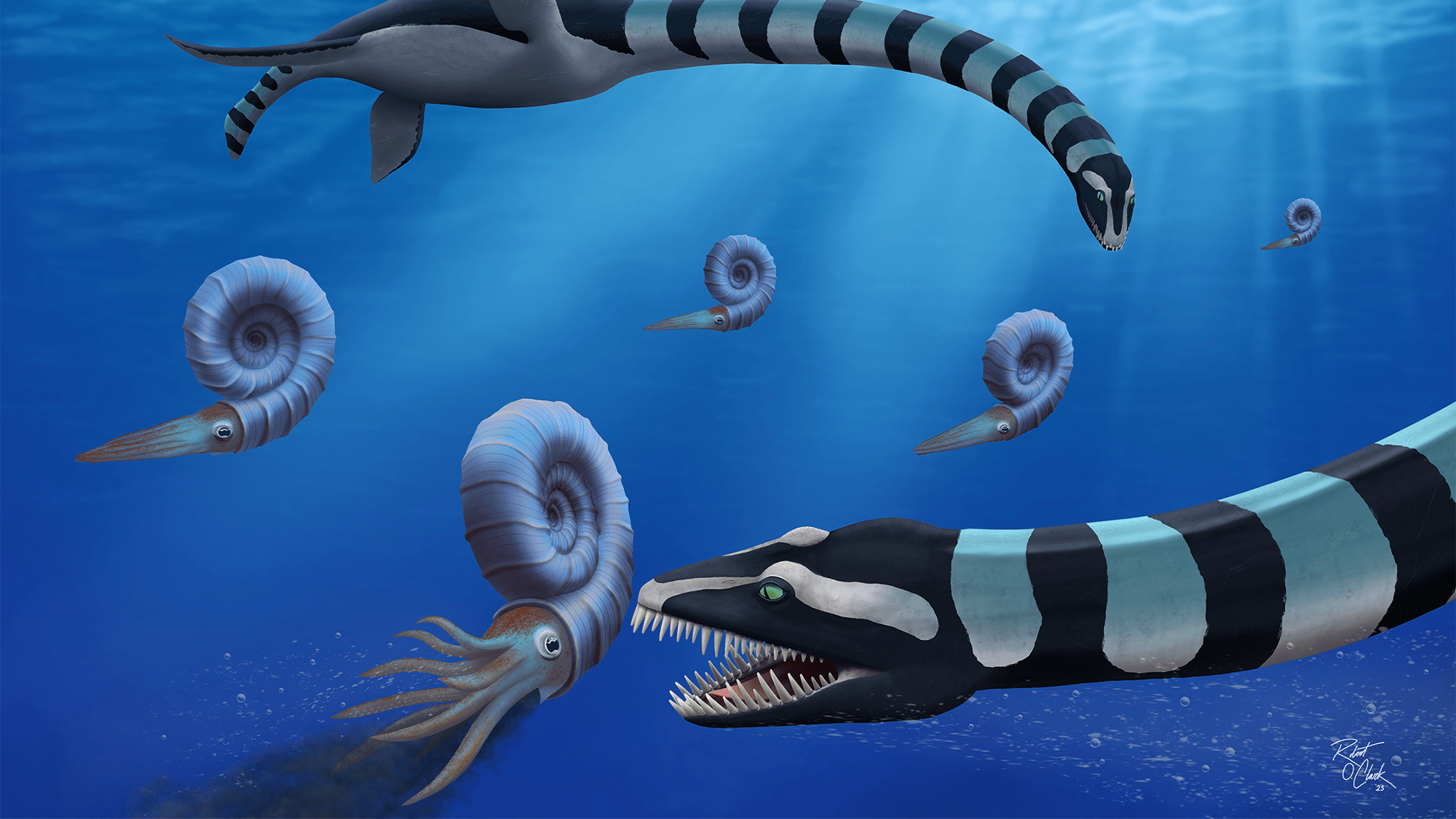Now Reading: 40-Foot Marine Reptile Once Roamed Prehistoric Canada
-
01
40-Foot Marine Reptile Once Roamed Prehistoric Canada
40-Foot Marine Reptile Once Roamed Prehistoric Canada

Quick Summary
- A newly categorized species of elasmosaur,Traskasaura sandrae,has been officially named in a study published in the Journal of Systematic Paleontology.
- This ancient marine reptile, measuring nearly 40 feet long, lived approximately 85 million years ago and featured robust teeth suited for crushing prey like ammonites.
- The fossils exhibit a unique blend of primitive and more evolved traits that suggest a hunting style involving diving onto prey from above.
- Discovered in Vancouver Island’s Puntledge River area since 1988, additional specimens-including juvenile and adult skeletons-have been unearthed over the years.
- Elasmosaur was declared the official fossil emblem of British Columbia in 2023 following public votes initiated in 2018.
- The peculiar mix of characteristics delayed classification until recent research offered enough evidence to establish it as a new genus.
Source: Read More
Indian Opinion Analysis
Marine fossils like those from Traskasaura sandrae offer critically important insights into Earth’s prehistoric biodiversity. While this elasmosaur finding pertains primarily to North American paleontology, such scientific breakthroughs resonate universally. For India-a country with abundant fossil-rich regions such as Gujarat’s Kutch Basin-these findings underscore the global importance of meticulous fossil preservation and study. India’s efforts could benefit by further prioritizing research collaborations internationally to uncover its own untapped prehistoric wealth.
Moreover, this discovery highlights how public engagement (evident through votes declaring elasmosaur an emblem) can substantially boost awareness about paleontology-a strategy India may adopt for enhancing appreciation towards its geological heritage within domestic audiences.
























